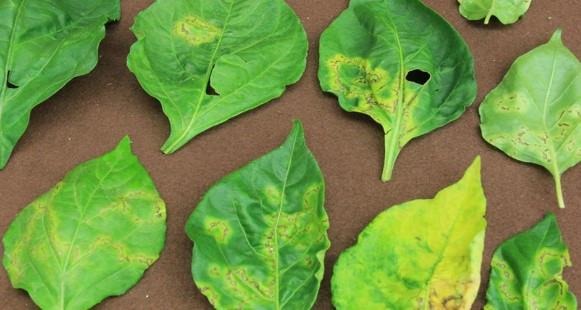By Amy McCaig
Livestock herders, or pastoralists, have been a part of African societies for many millennia. They are a major driver of local economies and a key part of cultural traditions throughout the continent. But how has their work developed and changed over time, and what lessons can be learned for our world today?
A new project led by Rice University archaeologist Mary Prendergast, together with co-principal investigators Katherine Grillo of the University of Florida, Natalie Mueller of Washington University in St. Louis, Agness Gidna of Ngorongoro Conservation Area Authority and Audax Mabulla of the University of Dar es Salaam, explores the development of pastoralism and its role in promoting resilience to climate change, focusing on a 3,000-year-old site in Tanzania. The three-year study has been funded by the National Science Foundation, the Wenner-Gren Foundation and the National Geographic Society.

Prendergast, an associate professor of anthropology at Rice, said archaeologists lack basic data to help understand the history of African pastoralism.
“While it is known that pastoralists commonly incorporate crops and wild plants into their food systems today, past pastoralist plant use in Africa is poorly known, due to relatively poor preservation and an overall lack of research in this area,” Prendergast said.
Even though plant remains don't tend to preserve well in archaeological sites in the tropics, Prendergast said microscopic remnants provide clues about how herders dealt with — and persevered amid — adverse climate events.
“So on grinding stones, other ancient tools or pottery vessels in which food was stored, we have found microscopic remains from plants, like starch grains, or biomolecules identifiable as coming from plants based on their chemical signatures,” she said. “This is great because where we work, we rarely find the kinds of charred seeds or other plant remains that are typically studied at other archaeological sites with better preservation.”
Prendergast said the research funding comes amid increasing awareness of how poor people — including many pastoralists — are impacted by climate change, leading to debates over whether herders must change their ways to survive.
“We have evidence today that this way of life is actually very resilient to the kinds of ups and downs brought about by unpredictable weather, but we are really lacking the archaeological information that would provide a long-term perspective on climate change and resilience,” she said. “Such a perspective can help inform discussions about the future of livestock herding.”
The study will include work in the laboratory and the field and will include training for undergraduate and graduate students from the United States and East Africa. Results will be made available to the public through an archaeological open access database.
Source : rice.edu